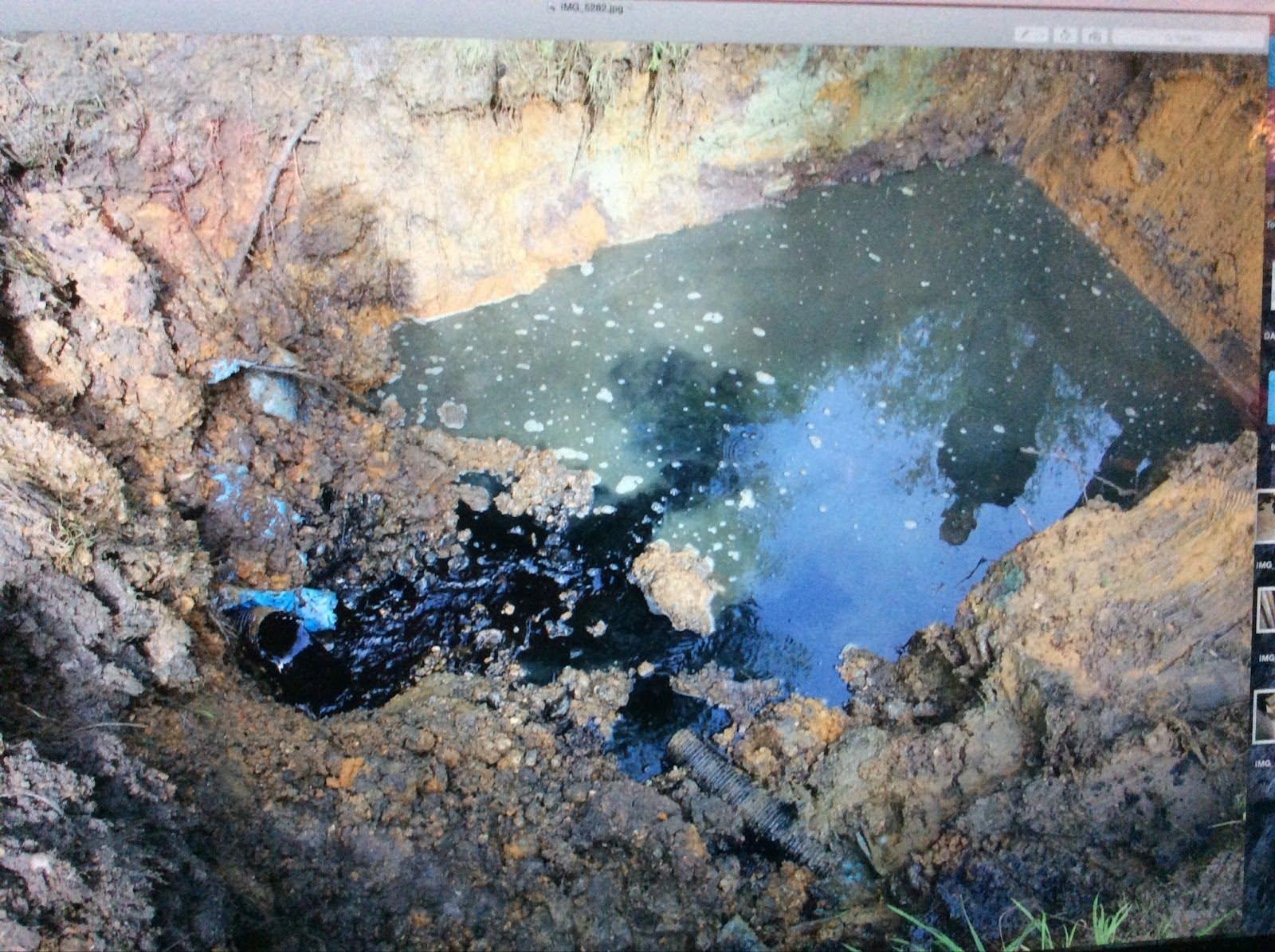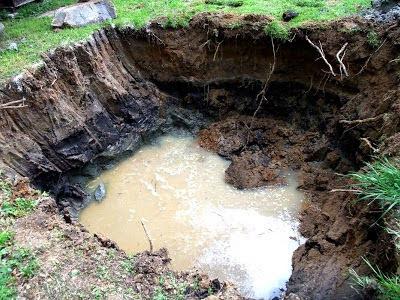Protect Our Water: What You Can Do to Help

Hello there! I want to talk to you about something important that’s always been on my mind.
We often take water for granted, don’t we? It’s easy to overlook how vital it is to our lives. But taking care of our water resources is crucial—not just for the environment but for our health too. When our rivers and streams are polluted, the risks to our well-being grow. Drinking or swimming in polluted water can harm us in ways we often don’t realise.
The Problem: Surface Water and Pollution
A major issue is surface water seeping into inspection chamber lids (covers and frames) that aren’t sealed properly. Even worse, downpipes from roofs are often connected directly into sewage drains. This leads to unnecessary strain on our drainage systems and contributes to pollution in our rivers and streams.
The good news? We can all play a part in solving this problem. It’s not just about calling on the authorities—it’s about raising awareness and taking practical steps ourselves.
If You’re in the Thames Water Area
If you live in the Thames Water region, including Surrey, Berkshire, Hampshire, West Sussex, and South West London, give us a call at ASL. We can help you identify if rainwater is infiltrating your system.
If you have a private system, such as a septic tank or treatment plant, rainwater infiltration can cost you money. It leads to unnecessary tank emptying, clogs land drains, and contributes to pollution flowing into rivers.
What You Can Do Today
Here are some simple but effective steps to help make a difference:
- Talk to your friends, neighbours, and colleagues. Raise awareness about the impact of surface water and sewage pollution. The more people who understand the issue, the stronger our collective voice becomes.
- Use social media to spread the word. Share information with hashtags like #WaterQuality and #PollutionAwareness to reach a wider audience.
- Support organisations working to clean up our waterways. Many groups are actively making a difference—backing them can amplify their efforts.
- Advocate for change in local government. Let your representatives know you want action to protect water resources.

Tips for Managing Your Sewage Drains
Are you curious about the state of your sewage drains? Here are some tips:
- Surface water can sometimes sneak into pipes, speeding up the sewage flow and causing problems.
- Roots from nearby trees can break through old pipes, leading to damage and increased flow issues.
If you have a septic tank, you may find it’s been modified with a makeshift pump. However, these fixes rarely solve the problem. Sewage may still flow into streams, and loose or unsafe inspection covers can exacerbate the issue.
Replacing old covers with new, sealed ones is essential to prevent rainwater from infiltrating the sewage system during heavy rain.
New Regulations for Private Sewage Systems
The Environment Agency has recently updated its rules. Unfortunately, many private sewage systems no longer meet these standards. To stay compliant, you may need to upgrade or replace your system.
If you wish to keep your septic tank, a percolation test can determine if the surrounding soil is suitable for a drainage field. Remember, septic tanks can now only discharge to the ground through a drainage field. If rainwater is entering your system, it will likely fail within two years.
While drainage fields have a limited lifespan, a packaged treatment plant is a better long-term choice. If you think your existing system meets the standards of a treatment plant, consider testing its effluent quality. You can then apply to the Environment Agency for a special permit.
Together, We Can Protect Our Rivers
We need your help to ensure surface and roof water doesn’t overwhelm treatment plants. Even small actions can make a big difference. By working together, we can create a cleaner and healthier future for our rivers and streams.
Call us at ASL on 0800 0488 701 or email info@asllimited.co.uk to learn more. Let’s protect our water resources, one step at a time.

